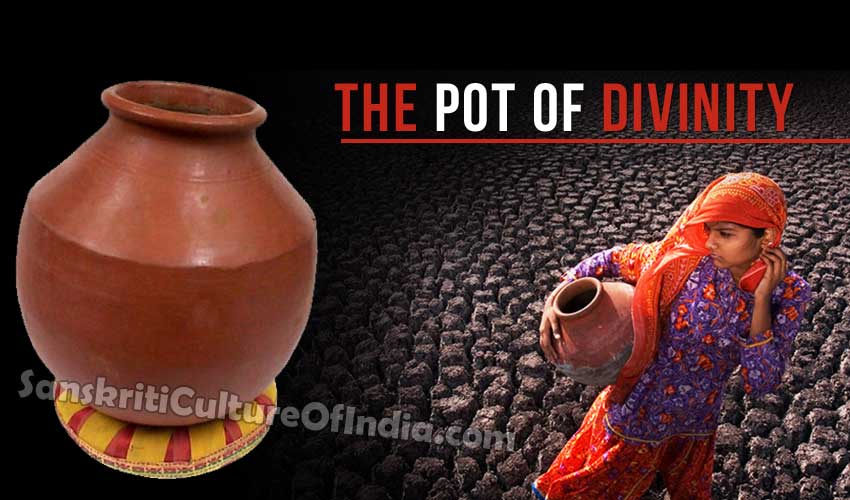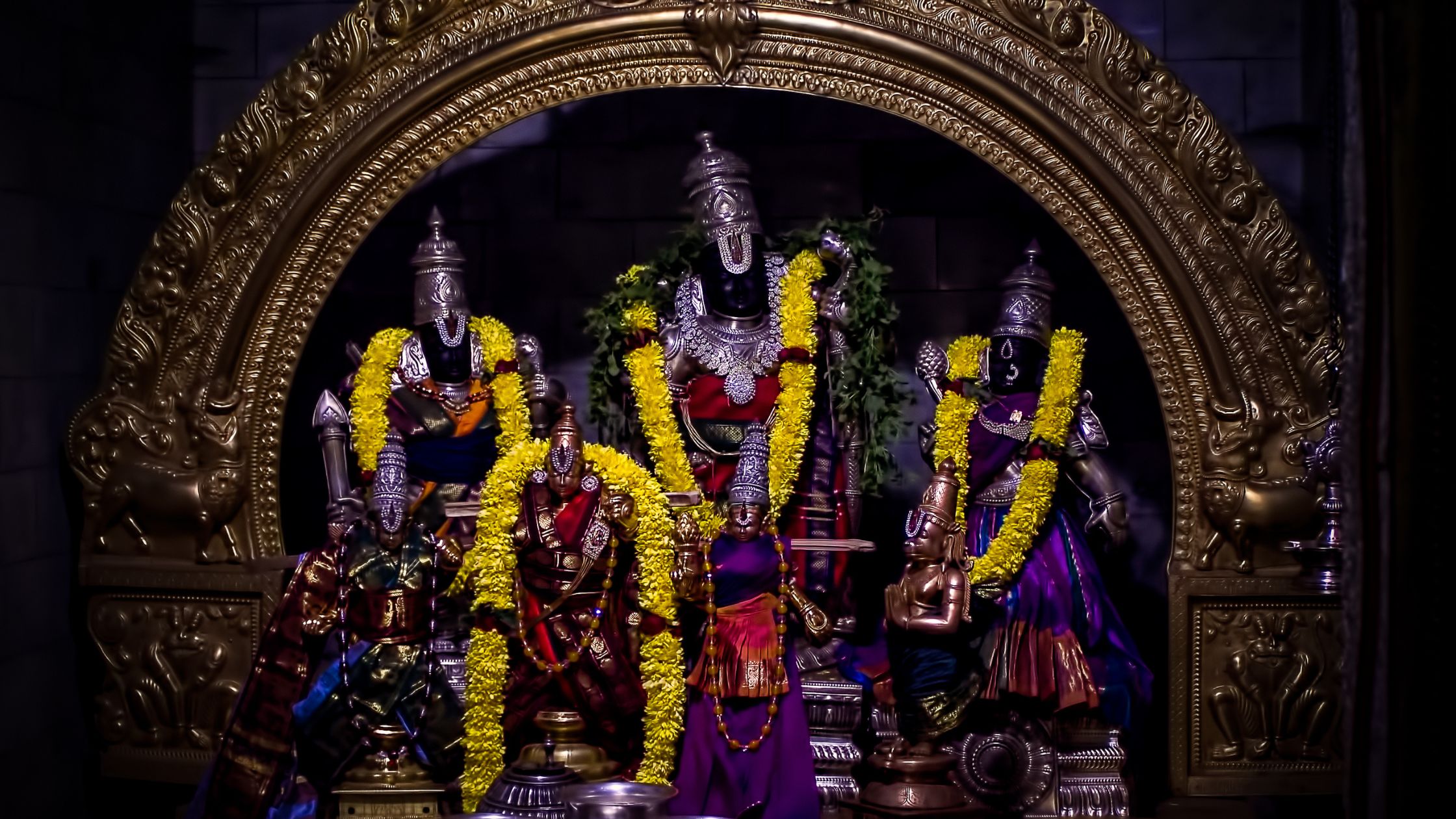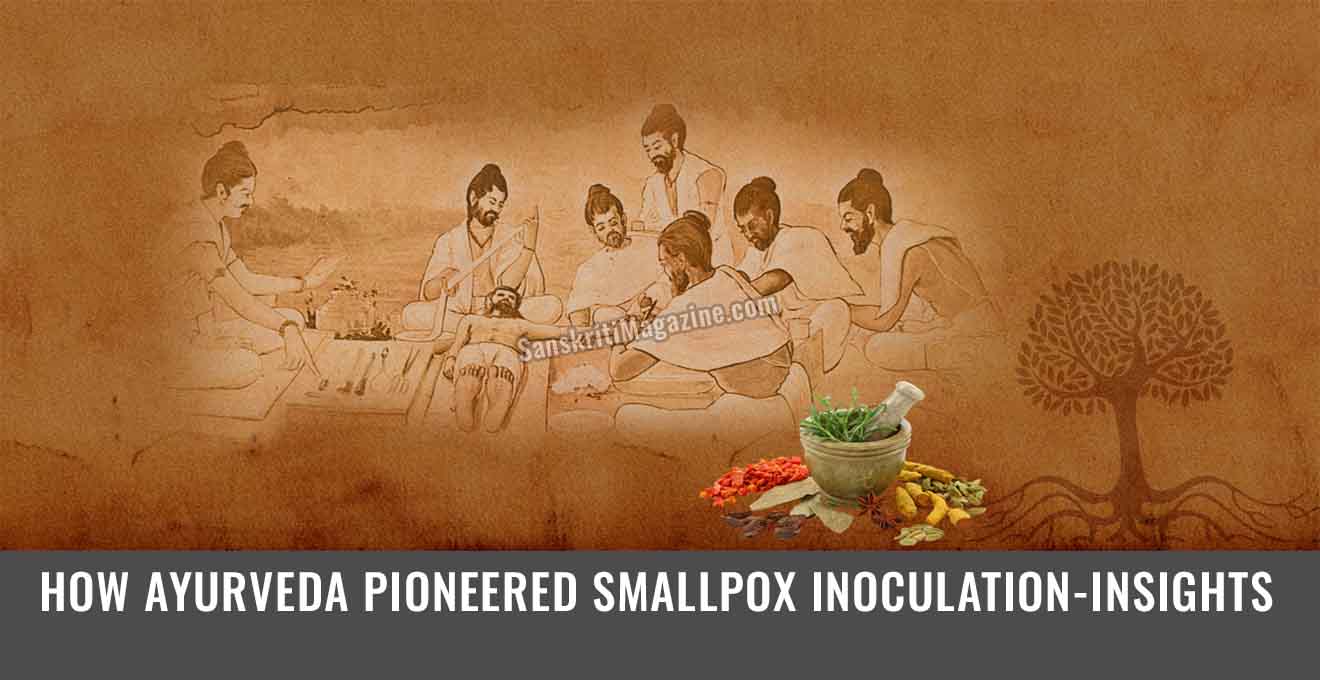The pot is a great invention.
Without the pot, we would still be going to water bodies like rivers and ponds to hydrate ourselves as and when we feel thirsty. Thanks to the pot, we can get the water into our homes and store it for future use no crocodiles lurking beneath the water, no fear of a wild animal getting provoked into attack. The pot is a symbol of human civilisation.
Ancient Indians revered the pot. It was the symbol of the womb, the garbha, for it sustained human life. The pot was equated with the mother; it was a symbol of divinity. A pot or kalash filled with water and sprouts and crowned with green leaves and fruits became the symbol of abundance and good fortune. It was worshipped over 3,000 years ago. It is still being worshipped today.
The Gods, the ancients believed, had a pot that overflowed with grain and gold. It was called the akshaya patra. They also had a pot brimming with amrit, the nectar of immortality. Humans had neither. But humans included women who created and nurtured life, ensuring the continuation of the species. Women were therefore a combination of akshya patra and amrit, holding in their bodies the promise of abundance and immortality for the family. Without a woman, a family perished. The family tree withered.
In ancient times women were clearly regarded as being more valuable than men. The survival of a tribe depended not on the number of men it had but on the strength of its women. So in the early days, women were given the choice to choose husbands. The foremost form of wedding was considered to be one where the father gave his daughter to another family. It was a gift of akshaya patra and amrit.
While the forest was equated with the wild Goddess, the field was equated with the domesticated Goddess. Forest was woman, field was wife. Forest was water in the pond, field was water in a pot. Field was the womb that sustained a village. It was worshipped as humanity’s akshaya patra and amrit, bringing forth prosperity year after year. The domestication of the earth, the transformation of the woman into home-maker, the moulding of clay into a pot, is the result of human intervention, an imposition on nature’s freedom, a sacrifice to ensure the birth of civilisation, to ensure perpetuation and survival.
In autumn, as the rains recede and crops are harvested, three things come together on nine nights: the pot, the woman and the field. In the centre of the field, the pot is placed filled with water and sprouts, and around it women dance in circular formation. They bend down and clap as they thank the earth and cosmos and energise it with their happiness. This is garbo, the dance of the earth-womb. The circular formation of the dance is a reminder of the horizon, the rim of the divine pot, the world we live in. We live in a cosmic womb, just as deities in temples are enshrined in the garba griha or sanctum sanctorum, a detail endorsed by the metal pots placed on top of the temple dome.











